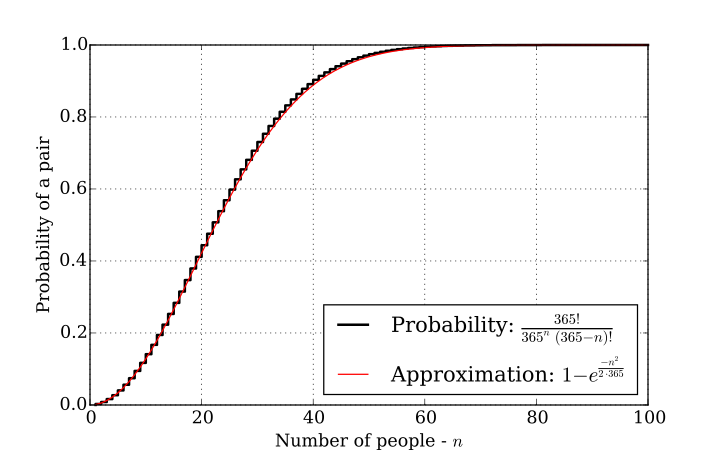Ok, here's a proposal:
we introduce a new interface EndpointIdentifier which we use in place of InetSocketAddress everywhere throughout the system. We can then have multiple implementations of it, e.g. one based on InetSocketAddress when using UDP only and another one based on the DTLS client identity or session ID. We might even evolve the CorrelationContext into this concept.
WDYT?

Currently, Observation is identify by token in observation store.
We should identify it by token + a peer identifier.
I recommend that peer identifier was :
As there is no real consensus on this, I suppose we should find a way to allow users to bring its own behavior.